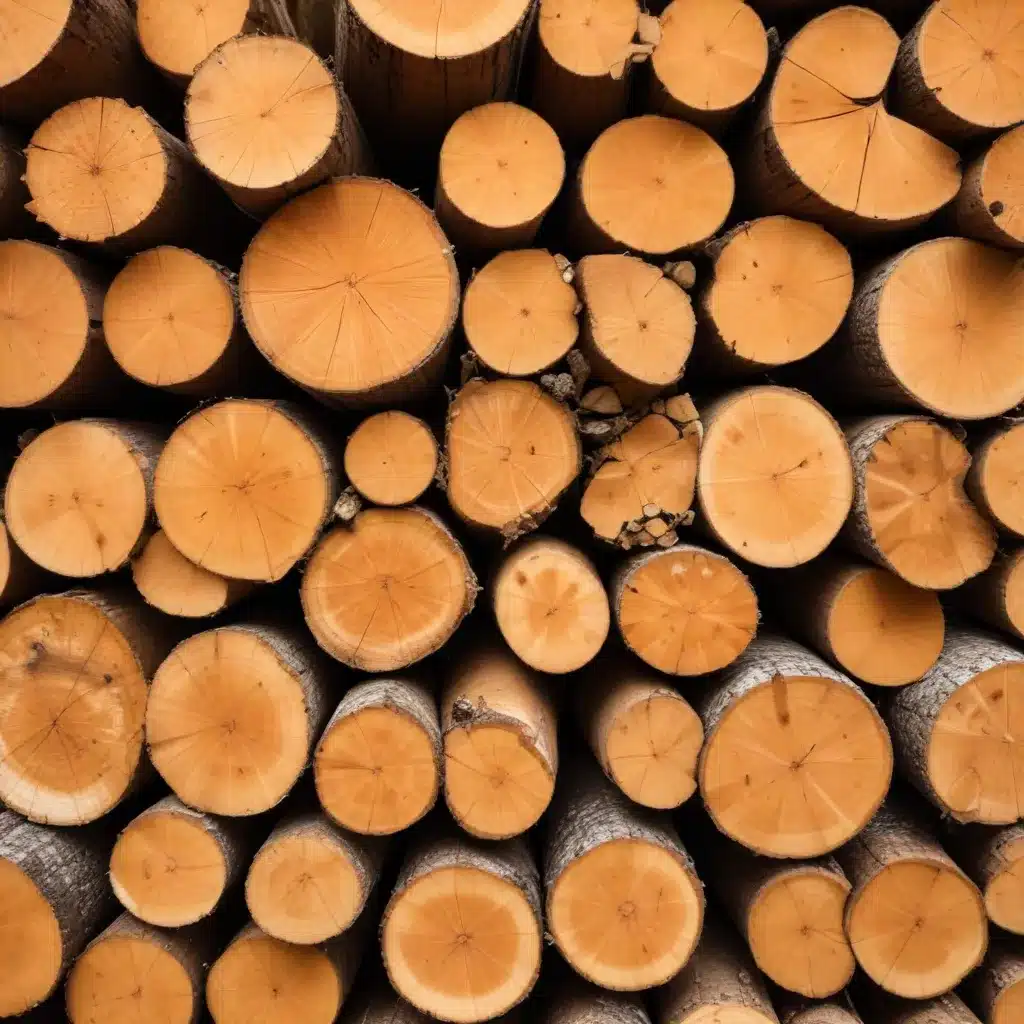
Exploring the Diversity of Log Home Building Materials
When it comes to constructing a log home or timber frame structure, the choice of log species is a crucial decision that can significantly impact the durability, aesthetics, and energy efficiency of your dream home. Each type of log has its own unique properties, making it better suited for specific regional climates and environmental conditions. In this comprehensive guide, we’ll delve into the factors to consider when selecting the ideal log species for your project, ensuring your log home withstands the test of time and provides the comfort you desire.
Understanding Regional Climates and Log Species Compatibility
The United States boasts a diverse array of climates, from the arid deserts of the Southwest to the frigid winters of the Northeast. Selecting the right log species for your regional climate is essential, as it can impact the structural integrity, insulation properties, and long-term maintenance requirements of your log home.
For regions with harsh winters, log species such as Douglas Fir, Western Red Cedar, and Lodgepole Pine are often preferred for their superior insulation and resistance to freezing temperatures. These species are known for their dense grain structure and low moisture content, which helps prevent cracking and warping during extreme temperature fluctuations.
In areas with hot, humid summers, log species like Cypress and Southern Yellow Pine are well-suited. These woods offer natural resistance to rot, mold, and insect infestations, which are common challenges in warm, moist environments. Their high resin content and tight grain patterns also contribute to their durability and weather-resistant properties.
For regions with moderate, temperate climates, Eastern White Pine and Engelmann Spruce are popular choices. These log species strike a balance between thermal insulation, dimensional stability, and aesthetic appeal, making them versatile options for a wide range of log home designs.
| Log Species | Ideal Climate | Key Properties |
|---|---|---|
| Douglas Fir | Cold, Snowy Regions | High Insulation, Resistance to Freezing |
| Western Red Cedar | Cold, Snowy Regions | Excellent Insulation, Durable |
| Lodgepole Pine | Cold, Snowy Regions | Dense Grain, Low Moisture Content |
| Cypress | Hot, Humid Climates | Rot and Insect Resistance, High Resin Content |
| Southern Yellow Pine | Hot, Humid Climates | Rot and Insect Resistance, Tight Grain Pattern |
| Eastern White Pine | Temperate Climates | Balanced Insulation, Dimensional Stability |
| Engelmann Spruce | Temperate Climates | Thermal Insulation, Aesthetic Appeal |
Sustainable and Eco-Friendly Log Home Building
In recent years, there has been an increasing emphasis on sustainability and environmental consciousness in the construction industry. When it comes to log home building, the selection of eco-friendly materials and building techniques is paramount.
One of the most sustainable log species is Eastern White Cedar, which is renowned for its natural resistance to rot, insects, and weathering. This makes it an ideal choice for log home construction, as it can significantly reduce the need for harmful chemical treatments or frequent maintenance. Additionally, Eastern White Cedar is sourced from well-managed, renewable forests, ensuring a sustainable supply of this valuable resource.
Another eco-friendly option is Hemlock, which is known for its low resin content and tight grain structure. This allows for efficient thermal insulation and energy efficiency in log homes, helping to minimize the environmental impact of heating and cooling. Hemlock is also a rapidly renewable resource, making it a sustainable choice for log home builders.
In areas where local and regional woods are abundant, utilizing native log species can be an excellent way to support the local economy, reduce transportation emissions, and align with the architectural heritage of the region. This approach not only promotes sustainability but also adds a unique, authentic touch to the log home’s design.
Craftsmanship and Energy Efficiency in Log Home Construction
The art of log home building is deeply rooted in skilled craftsmanship and attention to detail. Experienced log home builders and timber framers possess the knowledge and expertise to ensure that each log is carefully selected, precisely cut, and meticulously assembled to create a sturdy, energy-efficient structure.
One of the hallmarks of a well-crafted log home is its superior insulation properties. By carefully selecting the log species and optimizing the wall thickness, log home builders can create a highly thermally efficient envelope that helps regulate temperature year-round, reducing the energy demands for heating and cooling.
Many modern log home designs also incorporate innovative energy-efficient features, such as high-performance windows, advanced insulation systems, and passive solar design. These elements work in harmony with the inherent insulation properties of the log walls, further enhancing the home’s energy efficiency and reducing its environmental impact.
The cost of constructing a log home can vary widely depending on factors such as log species, size, and the complexity of the design. On average, the cost of a log home in the United States ranges from $150 to $300 per square foot, with higher-end custom designs potentially exceeding $400 per square foot. However, the long-term energy savings and low maintenance requirements of a well-designed log home can often offset the initial investment, making it a viable and sustainable choice for homeowners.
Conclusion
Selecting the ideal log species for your regional climate is a critical decision that can have a lasting impact on the durability, energy efficiency, and overall aesthetic of your log home. By understanding the unique properties and performance characteristics of different log species, you can make an informed choice that aligns with your local climate, sustainability goals, and design preferences.
Whether you’re planning to build a cozy cabin in the mountains or a stately timber frame home in the countryside, the team at Jørgensen Log Homes is here to guide you through the process and help you create the log home of your dreams. With our expertise in sustainable building materials, energy-efficient construction techniques, and custom design solutions, we can assist you in crafting a log home that not only enhances your living experience but also reflects your commitment to environmental stewardship.


